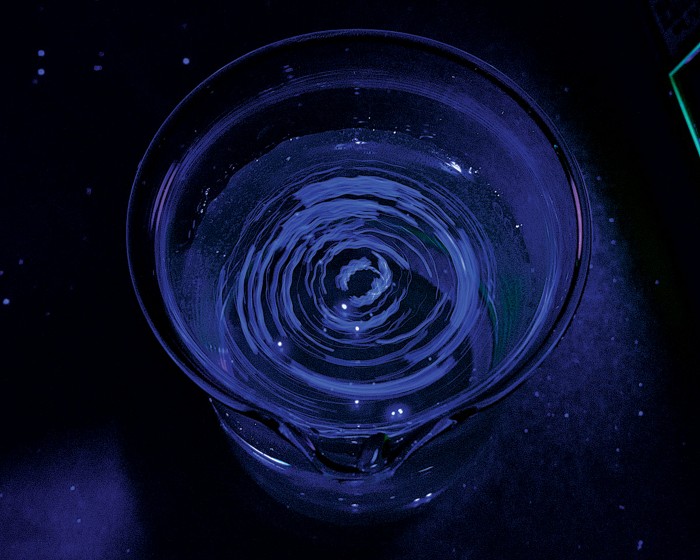
Chris Thomson set this beaker a-stirring to show off the fluorescence of this polymer photocatalyst. With the help of then-labmate Alec Burgess’s long-exposure photography skills, Thomson, a graduate student in Filipe Vilela’s lab at Heriot-Watt University, captured this smeared vortex. The concentric streaks are actually round beads of polymer resin that appear elongated in this long-exposure photo. Thomson says this carbon-hydrogen bond functionalization catalyst works even when it’s not incorporated into the beads. By tethering it to the insoluble polymer resin, however, the catalyst can be separated from the reaction mixture and reused without much purification. The result is a reusable, light-activated, metal-free, and relatively low-cost catalyst, which Thomson thinks makes the material interesting for large-scale and environmentally friendly applications.
“Whilst fluorescence looks very visually appealing and makes nice #CENChemPics entries,” Thomson adds, “it’s actually a bad thing from the perspective of photocatalysis. Fluorescence indicates that the energy absorbed by the photocatalyst is being lost through re-emission of light, whereas we want that energy to be used to drive chemical transformations.”
Submitted by Chris Thomson and Alec Burgess

